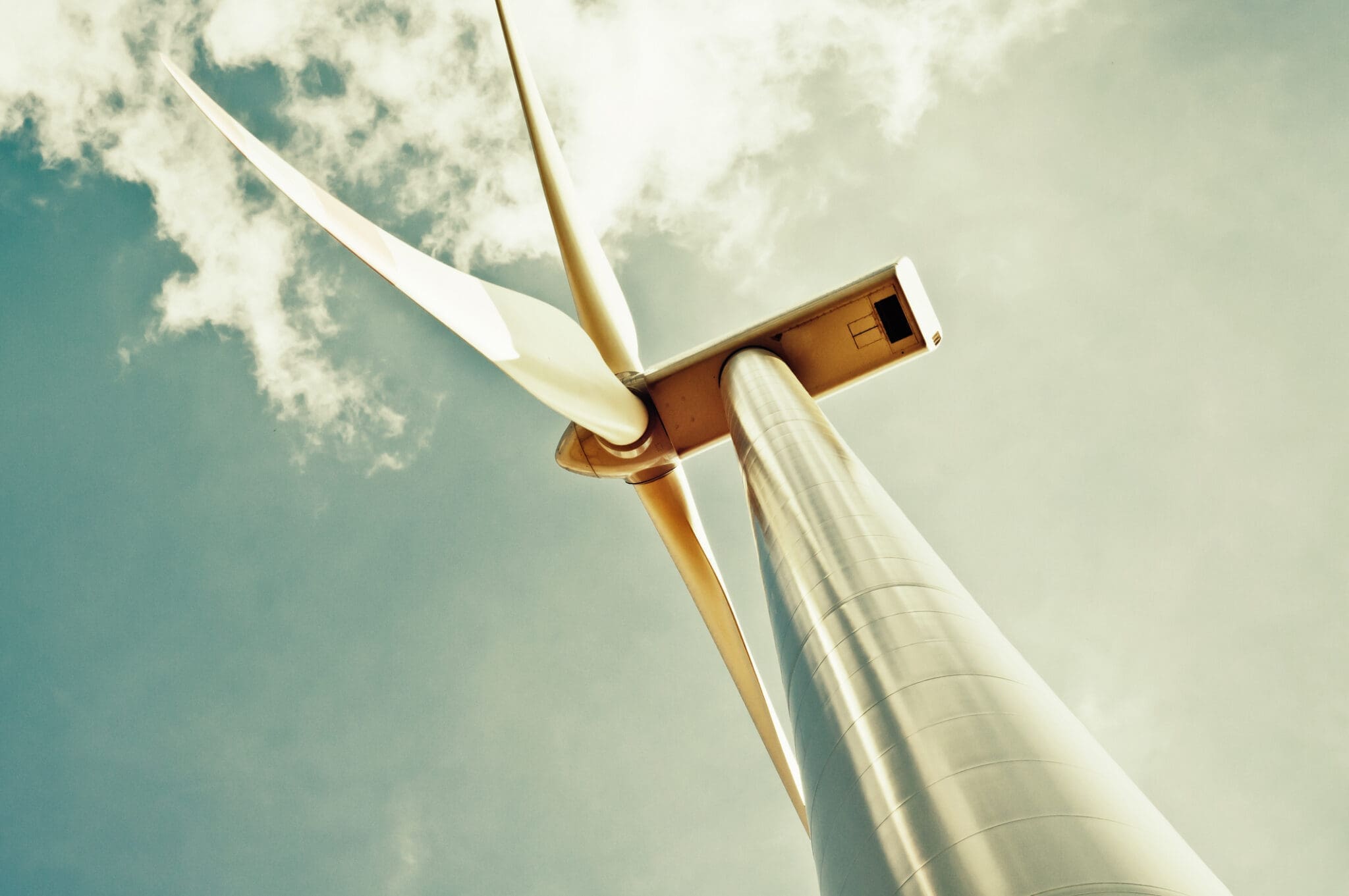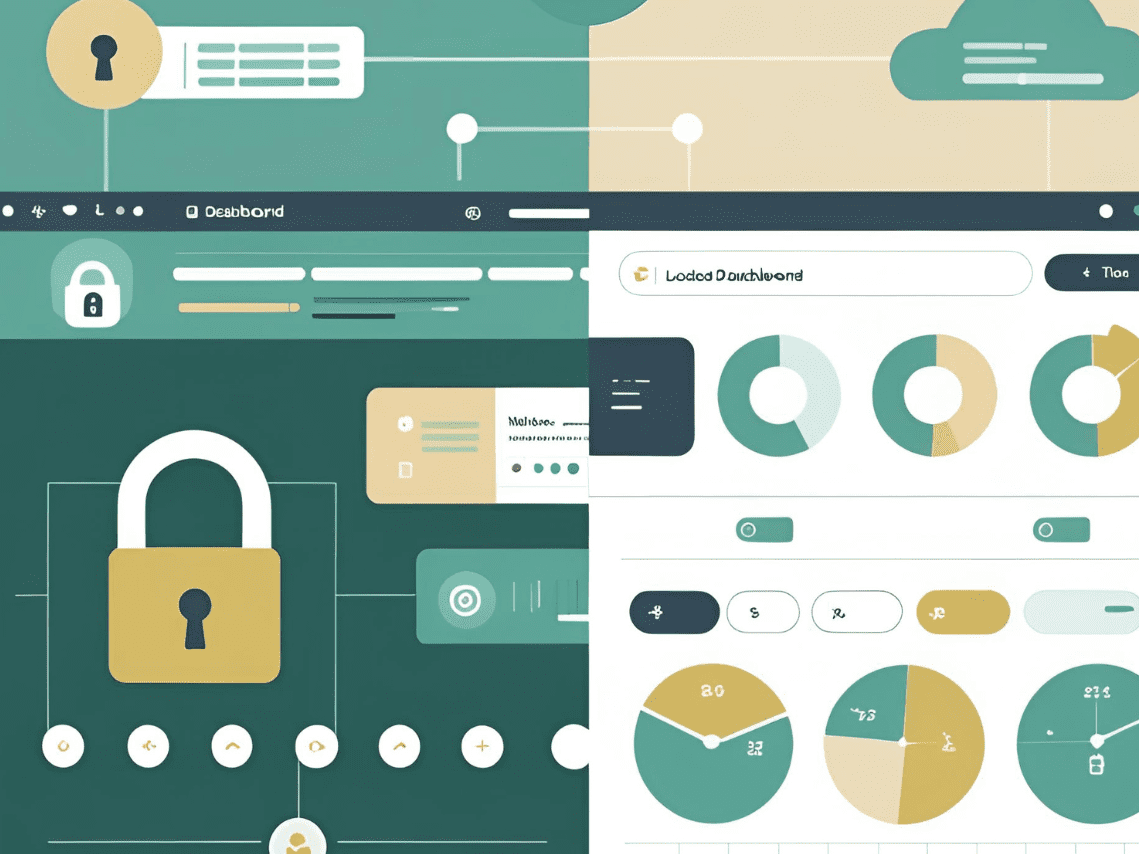Energy transition is all about accelerating transformational change for the future oilfield and energy mix. To drive growth through diversification, while maximising return on investment and reducing costs within the industry.
It’s not all about cost though, it’s also an important step to reach the UNs sustainable development goals, reducing the negative impact that drilling for fossil fuels has on the planet and ensure a clean energy low-carbon future for generations to come.
Risks and opportunities in renewable energy
There are many risks that come with the energy transition away from oil and gas into green renewable energy and creating a sustainable energy strategy. From ensuring your supply chain is agile enough to handle disruptions, or health and safety impacts from working with new and potentially inexperienced suppliers.
But there are also opportunities. The global renewable energy market was valued at $928.0 Billion in 2017, and is expected to reach $1,512.3 Billion by 2025. To enable the supply chain to adapt to these opportunities, we have now included new commodity codes within our Oil and Gas Europe and Utilities North and Central Europe (UNCE) networks covering renewable energy generation product and services.
This means buying organisations within the network can now access a pool of suppliers with the experience of high-risk offshore services that have diversified from oil and gas into renewables.
For suppliers, it creates an opportunity to showcase their new capabilities to over 160 buying organisations who may be breaking into the renewable energy space and focusing on renewables procurement. As a result, this will reduce the need to duplicate pre-qualification exercises for the sector and increase competitive innovation across the supply chain.
Creating a renewable energy supply chain
On 24 February 2021, we presented a ‘creating a renewable energy supply chain’ session at the Energy Voice’s Virtual Tech Showcase to discuss how the supply chain is adapting to energy transition.
Complete the form to access five bitesize 15-minute video presentations from the event including:
- Breaking into renewables
- Enhancing supply chains with technology
- Creating a renewable energy supply chain
- Risks and opportunities in renewables
- What’s next for Achilles Oil and Gas Europe?
Watch the presentations


